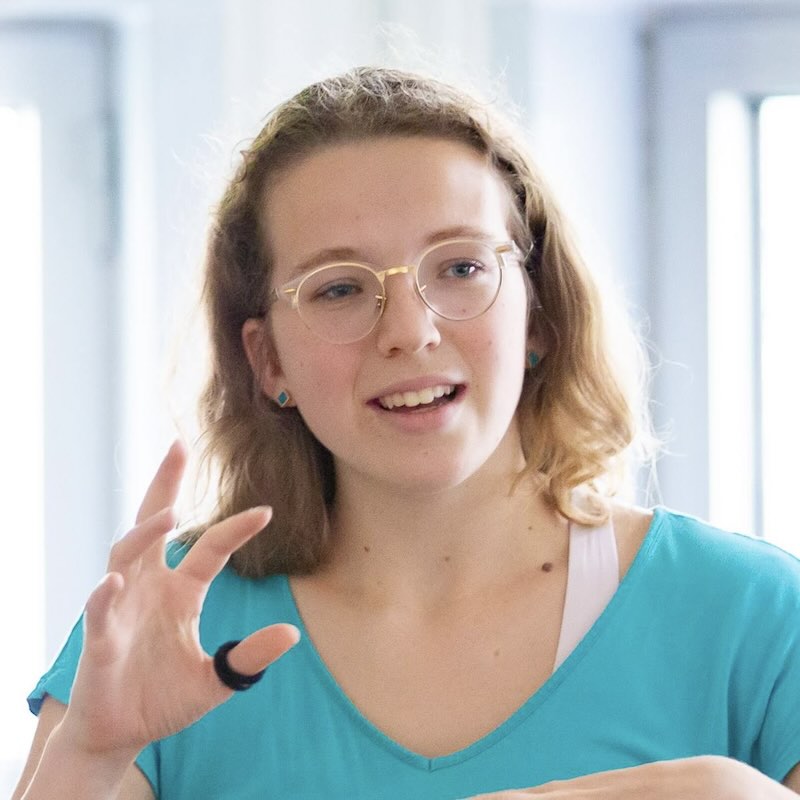
Understanding the Double Rigid Pendulum with Laban’s Dance Theory

Background
My name is Mathilde Papillon and I am a U1 honours physics student who loves to dance. Here is a little bit about my research project!
In physics, the Lagrangian is this wonderful quantity that, by simple subtraction of kinetic and potential energy, can tell us everything we need to know about the motion of a system (see https://www.mathpages.com/home/kmath523/kmath523.htm for the mathy definition). However, it is quite abstract and hard to visualize.
My project aims to help us gain physical intuition of this quantity by using dance to model it in motion. To do so, I plan on using recently developed algorithms quantifying the 4 characteristics of motion as defined by Laban in his well-known taxonomy of dance (see https://ieeexplore.ieee.org/abstract/document/6681454 for the algorithms).
Setting these algorithms in a matrix, I will solve for the mystery vector (A and B below) that produces kinetic energy and potential energy (in the right units!) of the motion. I would then like to model how these quantities change as a dancer moves through spacetime.
If this works, we could dance any system in the universe.
Understanding the Double Rigid Pendulum with Laban’s Dance Theory
Both dancers and physicists aim to interpret the world around us by developing an acute intuition for navigating space and time. More often than not, these intuitions are in direct conflict. The former prioritizes the lived experience of the body, while the latter actively fights human bias. As a dancer, I often feel restricted working through problems in physics, as if I needed to put my physical reality in a box and retreat to some abstract headspace. As a physicist, I am fascinated by dance notation theory and its ability to swiftly characterize not only the shape, but also the intention of complex motion. My project seeks to explore motion from both perspectives, and discover how these aesthetics might be connected through quantitative dance theory. I pick a toy model which features motion simple enough to develop a thorough physical understanding but rich enough to inspire artistic beauty.
.svg)




